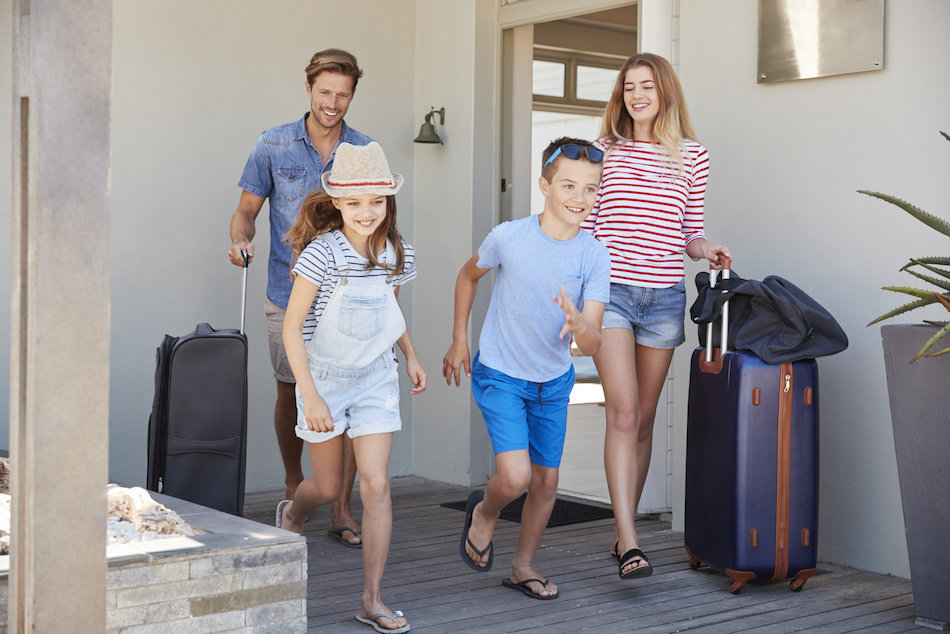How to Choose a Home Mortgage on Your Second Home
Posted by Justin Havre on Friday, August 3rd, 2018 at 9:38am.
 A primary mortgage and a secondary mortgage in Canada have a number of distinct differences that home buyers need to understand before consulting with a lender. Because second homes are seen as luxury goods, lenders and government officials can make it more difficult for buyers to get the interest rates they want. To complicate matters further, mortgage options are determined by the type of home a buyer chooses to buy: Type A or Type B.
A primary mortgage and a secondary mortgage in Canada have a number of distinct differences that home buyers need to understand before consulting with a lender. Because second homes are seen as luxury goods, lenders and government officials can make it more difficult for buyers to get the interest rates they want. To complicate matters further, mortgage options are determined by the type of home a buyer chooses to buy: Type A or Type B.
For informational purposes only. Always consult with a licensed mortgage professional before proceeding with any real estate transaction.
Understanding Type A and Type B Homes
Both Type A and Type B homes need to have running water and be occupied at some point out of the year by the buyer. However, Type A homes need to be winterized for all four seasons with indoor plumbing, while a Type B home may have seasonal access only and no plumbing. A Type B home is allowed to rest on a foundation of cinderblocks, while a Type A will need an in-ground foundation.
Available Mortgages
For a Type A loan, lenders typically set the following rules:
- Fixed and adjustable-rate options available
- Minimum 5% down payment
- Lenders Mortgage Insurance (LMI) required for less than 20% down payment
- Cost of home cannot exceed $1 million
- Option to refinance after 20% equity is reached
Type B loans have the following restrictions:
- Minimum 10% down payment
- Cost of home cannot exceed $350,000
- No option to refinance
- LMI required for less than 20% down payment
Addressing Interest Rates
There is no standard interest rate for second homes, but rates tend to be 0.1– 0.2 percent more than a primary loan. The logic behind the rate hike is that lenders assume the home will be empty and unattended for several months of the year, meaning they're taking a greater risk than that of a primary home that would be inhabited all year round. Buyers are not allowed to take advantage of either Type A or Type B mortgage costs if they're planning to use the property as an investment.
Finalizing a Down Payment
Some lenders charge second homeowners LMI even if they do have a 20 percent down payment, depending on their policies. In fact, some lenders demand up to 50 percent to process a non-insured loan. If the buyer is interested in a property that is all or mostly raw land, they can expect to pay a higher down payment if looking for a non-insured loan. The only exception to this rule is if the raw land is located in a very popular area. In which case, the buyer may only have to put down a quarter of the purchase price. For this reason, some homeowners prefer to refinance their existing home and use the cash to purchase the second home.
Process-Draw Mortgage Facts
Process-Draw mortgages are loans that pay out in installments. They're used for vacation homes that are in need of major construction, so homeowners can plan their budgets accordingly. These mortgages are also popular with lenders because it provides them with a chance to send an inspector every month to approve the construction process before releasing a new round of funding.
A secondary home is entirely possible for many individuals, but Sunset homeowners need to understand how primary homes are different than secondary homes before taking the next step. Talking to a real estate agent and consulting with multiple lenders is a great way to get questions answered and to learn more about the restrictions and requirements of each loan.
For informational purposes only. Always consult with a licensed mortgage professional before proceeding with any real estate transaction.
